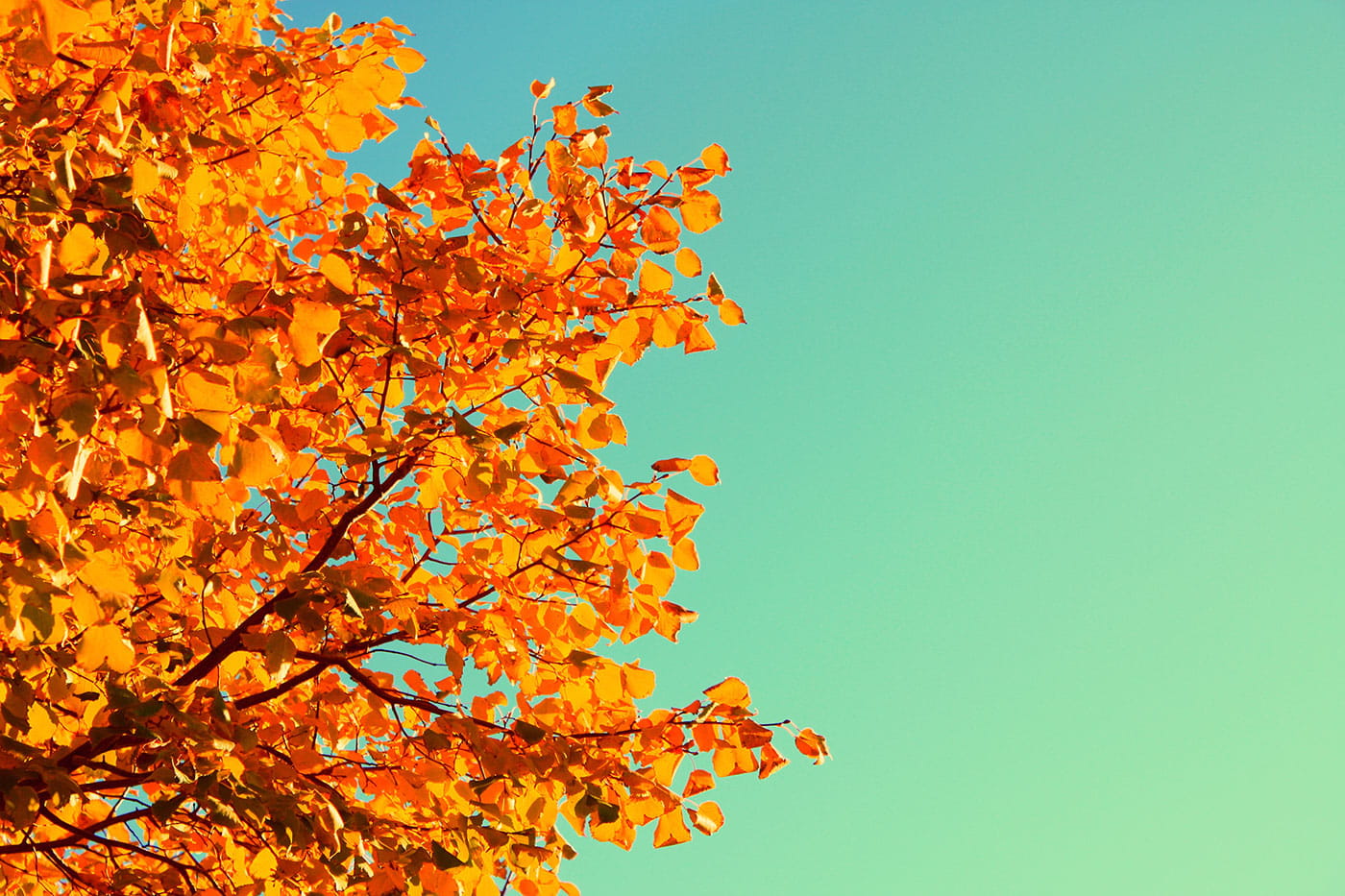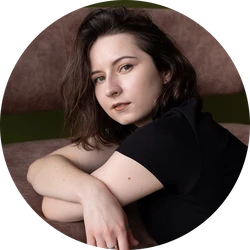For any photographer, especially a wedding one, blog is, first of all, a way to attract new clients. Keeping a blog at such popular web-resources as livejournal.com, blogger.com, etc. allows you not only to post your own creations, but also to follow works of your colleagues & acclaimed photography masters through the Friends Page. There you can also join subject communities.
If you already have your own website you can keep a blog there, but this option is more relevant for photographers with a quite busy clientele, which means they can find new customers by means of buzz marketing.
What should a photographer’s blog look like?
For your blog is, first of all, a platform to present your works on, its style shouldn’t be garish. Its pages are the background for your photographs, and nothing should distract your potential clients from scrutinizing them. White, grey or black backgrounds are the most widely accepted for this purpose. You don’t need sophisticated graphics or too much texture types.
How to keep a photographer’s blog?
The next step is to define the concept of your blog. Decide, whether it is going to be just a promo site with only your own photos and a touch of news and photography-related posts, or it will be a fully featured site created for you to communicate actively with your clients, colleagues and other visitors of this resource.
In any case your blog should be updated regularly: the more frequent your posts are, the more interesting your website will seem both for your loyal subscribers and those who visit you from time to time.
Pros and cons of various concepts
The first option is quite simple: you publish only individual works or series of photographs that you personally like and that can demonstrate your level of excellence to potential clients. In other words, this is merely a portfolio in a blog’s format.
The benefit of this strategy is that you would have to spend minimum of time and effort on keeping such kind of blog. However, this concept has a significant drawback: until you are a truly great photographer, with many colleagues and other people interested in and impressed by your creative work, your blog will hardly get a lot of subscribers. Why? The thing is that there are way too many similar pages on the Internet.
If posts containing your works are supplied with articles about photography or recent news concerning photography art, your blog will be much more attractive for your followers: they will have an opportunity not only to get accustomed with your shots, but also to expand their horizons and learn something new. That’s an advantage.
But there’s also a negative side – an amount of time you’ll have to spend looking for news and writing articles. Besides, these materials must be really interesting to your subscribers, and the style of your texts should be vigorous. Obviously, no one will be crazy about reading boring recitations of famous photographers’ biographies as well as abstract reasoning on film vs digital photography. That’s why you definitely have to decide what kind of audience you target with this blog.
If you want to attract those interested in photography but not willing to take up the professional level, you may start posting such materials as new cameras’ reviews, guides on how to choose cameras and lenses, articles on how to shoot landscapes or portraits written in down-to-earth language and in layman’s terms.
On the other hand, if you want to maintain a close contact with the visitors of your blog and make friends with them, you’d better keep your blog as a kind of web-diary. In this case you need to provide each post containing photos with some information about yourself or other comments. For instance, you can share the impression you had after the shooting you now publish, or tell a story about people you portrayed; some of them may have a fascinating job or unusual hobby, etc.
Remember to make a watermark for your pictures. Include your name and contact details there. At the very least you should include your website address there.
Remember to tell something about yourself and what’s going on in your life. Imagine: you wake up in the morning, go to the kitchen to have a cup of coffee and see the sunbeams slanting beautifully through your window down to the table top. Grab your camera, shoot a nice still-life and post this photo on your blog, having added some ‘Good morning’ wishes, and then you’ll see how many replies your post will get.
Of course, then you’ll have to find pretty much time for keeping your blog. For instance, writing an extensive article on how to set up composition, adjust the exposure value and tackle other camera’s settings will take far more than just an hour. At the same time, you need only 20 minutes to share some interesting experience you’ve had today and attach a photo to your post.
Some more tips
- Make sure you have your contacts on the front page of your blog so that visitors could get in touch with you.
- Never post other people’s articles or photographs without mentioning who the author is, and protect your own works from being stolen by means of copyright.
- Keep your blog on a regular basis. Set up a convenient schedule – for example, one post per day or two days, – and always stick to it. Eventually your subscribers will get used to such mode and learn when new materials appear. But if they visit your page two or three times and don’t find any new material, they most likely won’t ever visit you again.
- Organize contests or promotional events from time to time. For instance, offer a free photo shoot to those who will suggest the most interesting caption for a certain photo or to the first person who will give a correct answer to an intricate question.
- Communicate with your followers, ask for their opinion on different issues and share your own vision with them.
In fact, keeping a blog is absorbing just as it is. Even if the customer flow won’t become much bigger after you launch a blog, you will at least find new people to share your perception of photography art with.
 Visual Watermark
Visual Watermark
 by
by 